Sydney-headquartered fuel cell innovation company Siltrax has partnered with the University of New South Wales (UNSW) to validate its silicon-based bipolar plate technology through the Trailblazer for Recycling and Trailblazer for Recycling and Clean Energy (TRaCE) Lab to Market Fund program.
The hydrogen fuel cell and electrolyser systems developer has created ultra-thin, low-cost silicon-based plates that replace expensive materials in hydrogen fuel cells and address traditional cost barriers by using the bi-polar plates.
Siltrax has partnered with UNSW hydrogen fuel cell experts Dr. Quentin Meyer and Professor Chuan Zhao.
Meyer said the Siltrax research and development project will test the innovative silicon-based technology in real devices.
“It will assess the performance of the silicon bipolar plates, marking the first independent academic evaluation of the technology,” Meyer said.
The collaboration combines Siltrax’s expertise in design and prototyping with UNSW’s leadership in hydrogen research.
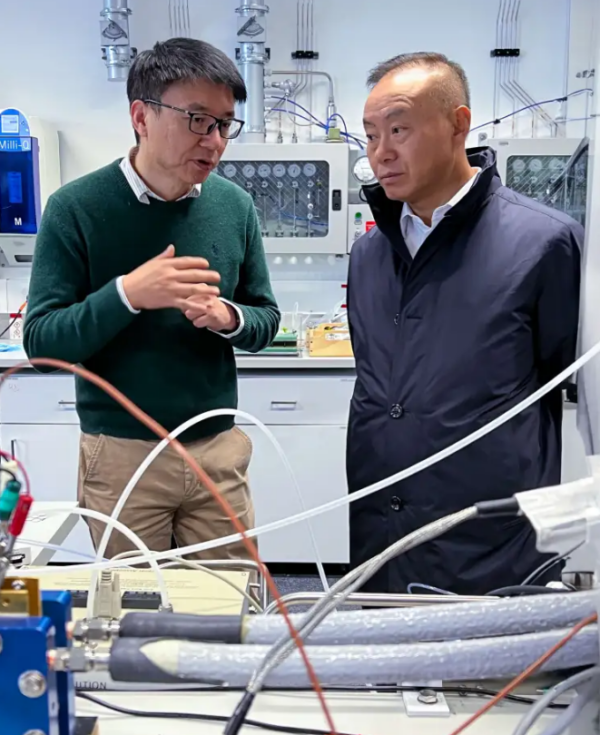
Image: Siltrax
Zhao said the UNSW and Siltrax combine the best of both worlds, combining state of the art manufacturing with world-leading electrochemistry and fuel cell expertise.
“Truly, it’s a very exciting project for us, and I am eager to see where this takes us. The TRaCE program provides a great platform and outstanding support to both teams.”
Siltrax Research and Development Director Fred Qi said the potential decarbonisation impact of the technology is significant.
“By lowering costs, improving accessibility, and leveraging the environmental benefits of hydrogen, these fuel cells will help drive the transition from fossil fuels to a hydrogen-based economy,” Qi said.
The project is focused on hard-to-decarbonise sectors like heavy transport, shipping, and aviation.
UNSW Photovoltaic and Renewable Energy Engineering Professor Renate Egan said on Linkedin to watch for developments from Siltrax.
“They are bringing silicon wafer technology to applications in electrolysers and fuel cells for green hydrogen … translating lessons learned in solar cell manufacturing to hydrogen technology, improving reliability and driving down cost.”
Siltrax was the recipient of a $10.4 million (USD 6.5 million) grant from the Clean Energy Finance Corporation (CEFC) in September 2024 for supporting the company’s research and development.
This content is protected by copyright and may not be reused. If you want to cooperate with us and would like to reuse some of our content, please contact: editors@pv-magazine.com.
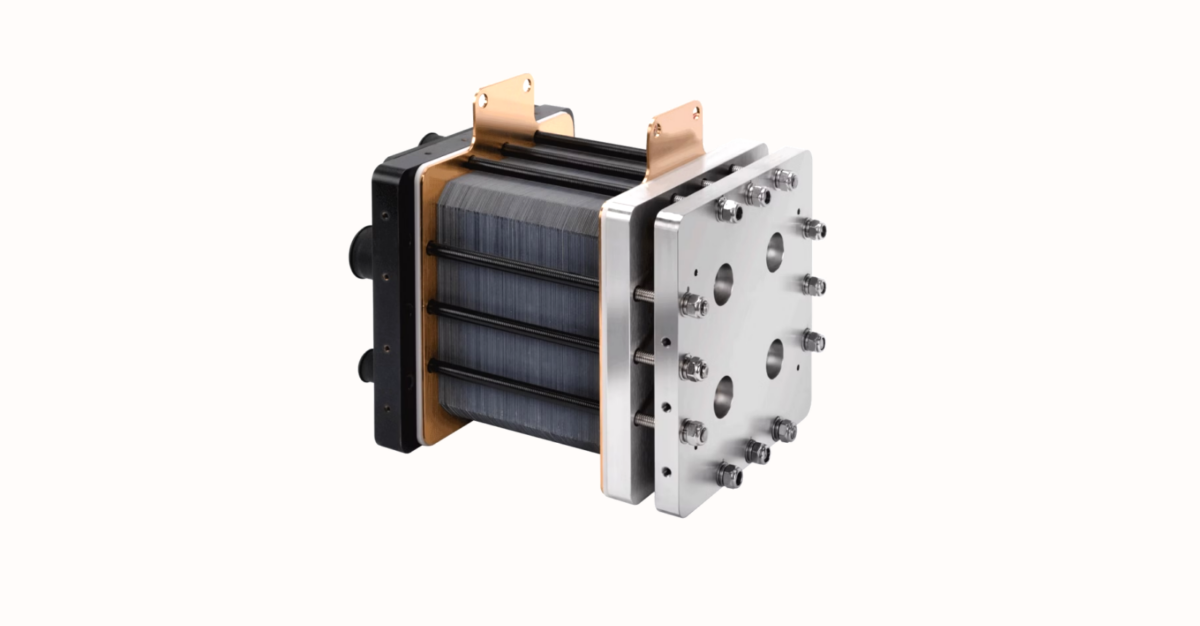
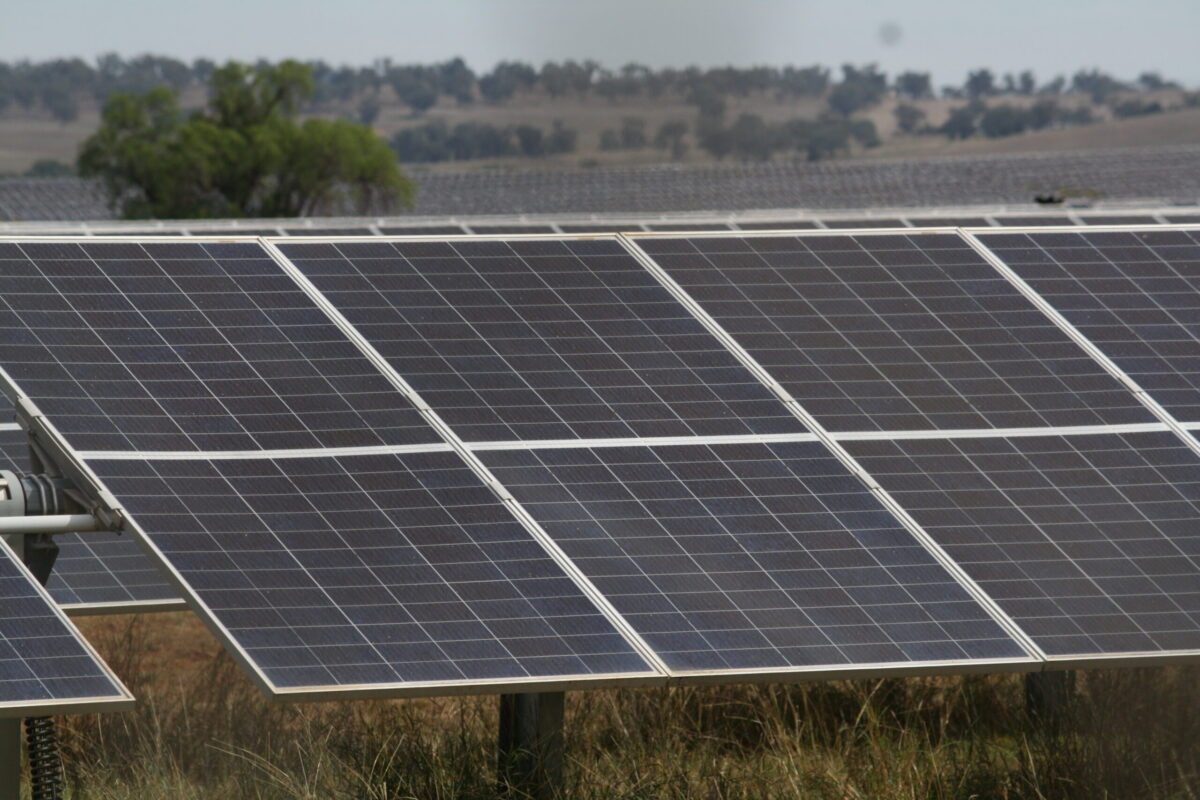


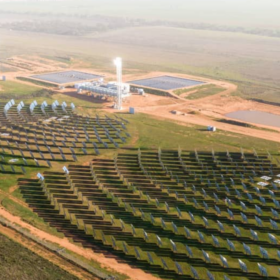
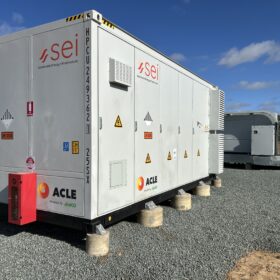

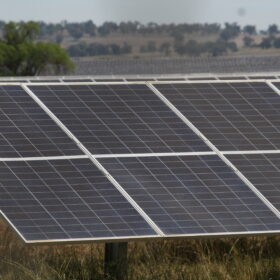
By submitting this form you agree to pv magazine using your data for the purposes of publishing your comment.
Your personal data will only be disclosed or otherwise transmitted to third parties for the purposes of spam filtering or if this is necessary for technical maintenance of the website. Any other transfer to third parties will not take place unless this is justified on the basis of applicable data protection regulations or if pv magazine is legally obliged to do so.
You may revoke this consent at any time with effect for the future, in which case your personal data will be deleted immediately. Otherwise, your data will be deleted if pv magazine has processed your request or the purpose of data storage is fulfilled.
Further information on data privacy can be found in our Data Protection Policy.